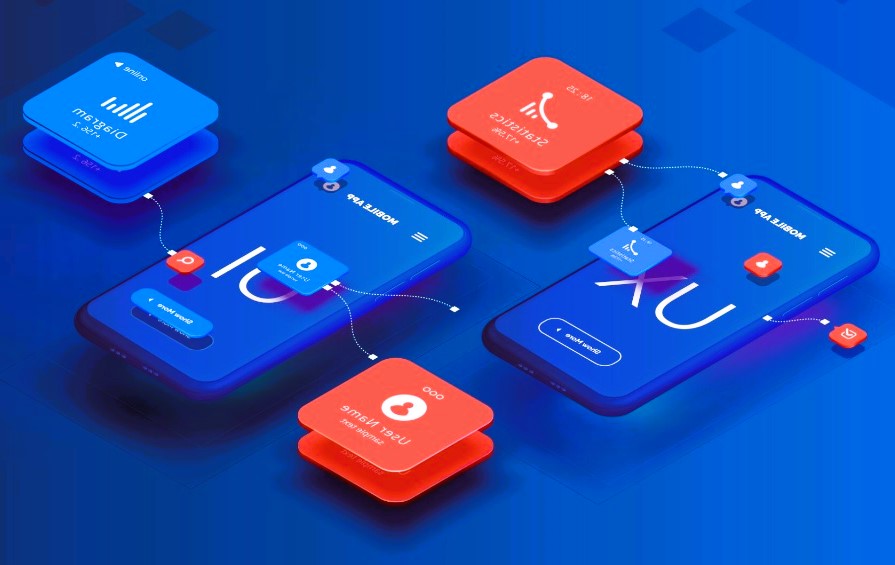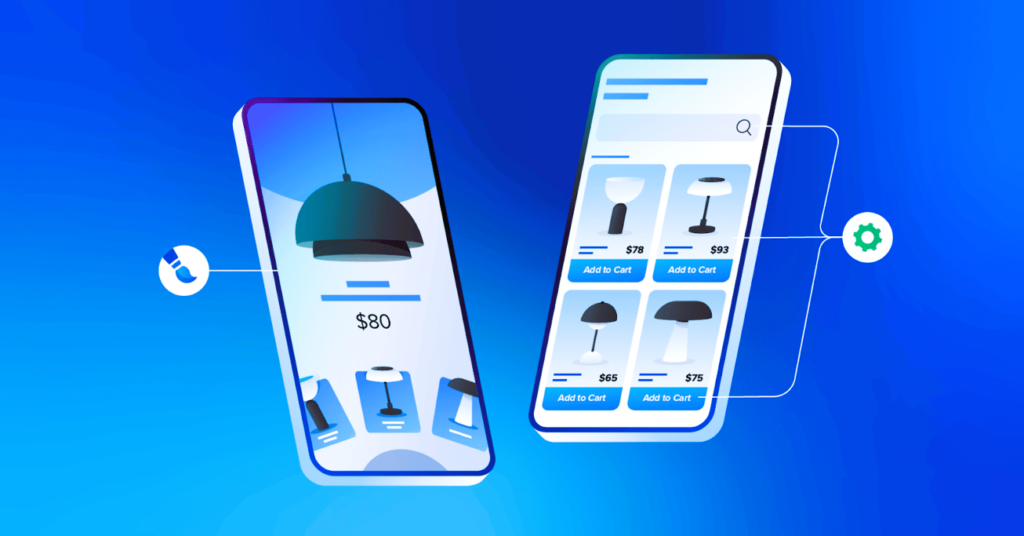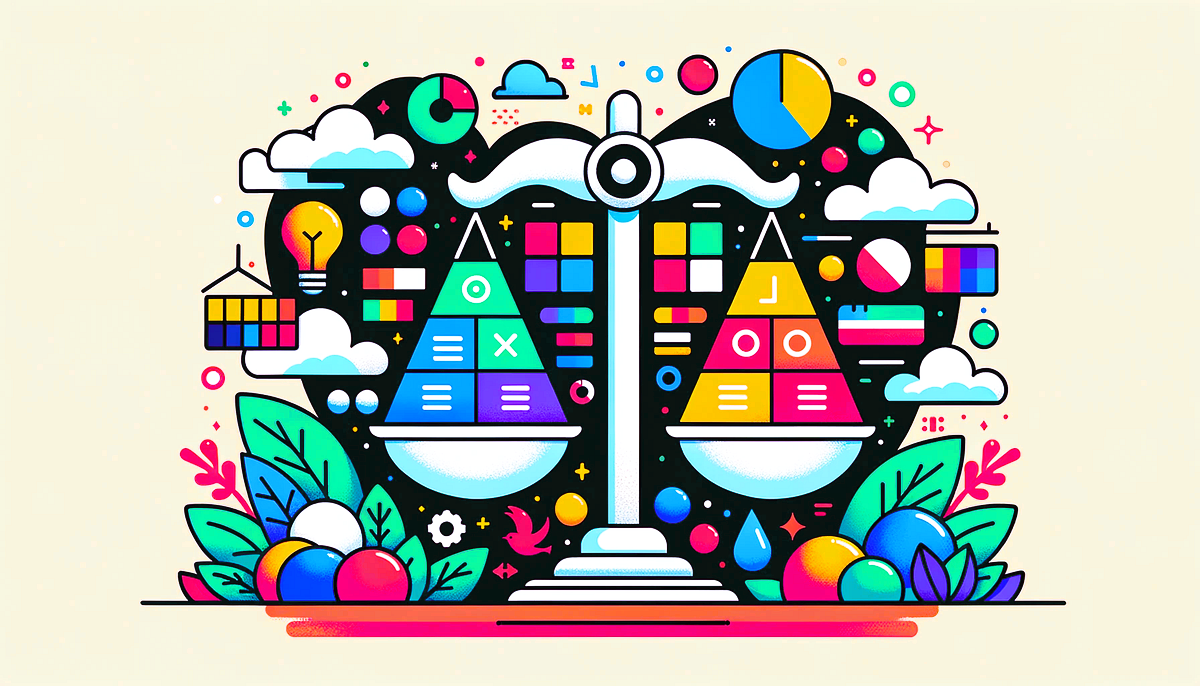In the world of game development, the user interface (UI) serves as the bridge between players and the game’s interactive elements. Striking the right balance between aesthetics and functionality is crucial for creating an engaging and user-friendly experience. This article delves into the principles of UI design, explores the interplay between visual appeal and practical use, and provides strategies for achieving a harmonious blend.
The Importance of UI Design in Gaming
UI design in games encompasses all visual and interactive elements that players use to interact with the game world. This includes menus, buttons, HUDs (Heads-Up Displays), and more. A well-designed UI is essential for enhancing gameplay by making interactions intuitive and information accessible. Poor UI design, on the other hand, can lead to confusion, frustration, and ultimately a diminished gaming experience.
Aesthetics: The Visual Appeal

Aesthetic elements in UI design refer to the visual aspects of the interface, including color schemes, typography, iconography, and animations. Good aesthetics not only enhance the game’s visual appeal but also help in setting the mood and tone of the game. Here’s how aesthetics play a vital role:
- Immersion: The visual design should complement the game’s theme and style, immersing players into the game world. For instance, a fantasy RPG game might use ornate, medieval-inspired designs, while a futuristic sci-fi game might feature sleek, high-tech interfaces.
- Brand Identity: Consistent and distinctive UI design helps in establishing the game’s brand identity. Iconic design elements can become associated with the game, contributing to its overall recognition and appeal.
- Attractiveness: Attractive UI designs can make the game more appealing to new players. Eye-catching visuals and smooth animations can entice players to engage more deeply with the game.
Functionality: The Practical Aspect
Functionality in UI design focuses on usability and the ease with which players can interact with the game. A functional UI ensures that players can navigate menus, access features, and understand game mechanics without unnecessary complications. Key functional aspects include:
- Intuitiveness: The interface should be intuitive, meaning players should be able to understand how to use it without extensive instructions. This involves clear button labels, logical menu structures, and straightforward navigation paths.
- Accessibility: A functional UI must be accessible to all players, including those with disabilities. This means incorporating features such as customizable controls, readable fonts, and colorblind-friendly palettes.
- Efficiency: The UI should facilitate efficient gameplay by minimizing unnecessary steps and providing quick access to important features. For example, a well-designed HUD can display crucial game information without obstructing the view. Developing effective onboarding screens for new players, more details here.
Achieving the Balance
Balancing aesthetics and functionality involves blending visual appeal with practical usability. Here are some strategies to achieve this balance:
- User-Centered Design: Begin with a thorough understanding of the target audience and their preferences. Conduct user testing and gather feedback to ensure the UI design meets players’ needs and expectations. Tools like user personas and journey mapping can help in designing a UI that resonates with players.
- Consistency: Maintain consistency in design elements across the game to create a cohesive experience. Consistent use of colors, fonts, and iconography helps players become familiar with the UI and reduces cognitive load.
- Prioritization: Prioritize functionality over aesthetics when necessary. While visual appeal is important, it should not come at the expense of usability. Ensure that essential gameplay elements are easily accessible and functional before focusing on elaborate visual designs.
- Iterative Design: Embrace an iterative design process where aesthetics and functionality are continually refined based on user feedback. Prototype and test different designs to find the optimal balance between visual appeal and practical use.
- Integration of Design Principles: Incorporate established design principles such as the Fitts’s Law for button size and placement, and the Gestalt principles for visual organization. These principles can guide the creation of a UI that is both functional and aesthetically pleasing.
Case Studies and Examples

To illustrate the balance between aesthetics and functionality, consider the following examples:
- Overwatch: Blizzard’s Overwatch demonstrates how a visually appealing UI can enhance gameplay. The game features a vibrant, futuristic interface that complements its character-driven, action-packed gameplay. The HUD is designed to provide crucial information without being intrusive, balancing visual flair with practicality.
- The Legend of Zelda: Breath of the Wild: This game showcases a minimalist UI that enhances the immersive experience. The design choices, such as the subtle map and inventory displays, ensure that players remain engaged with the game world while having access to essential information.
- Fortnite: Fortnite’s UI is a prime example of integrating aesthetics with functionality. The bright, cartoonish graphics align with the game’s playful theme, while the interface efficiently handles complex gameplay elements like inventory management and building mechanics.
Balancing aesthetics and functionality in game UI design is essential for creating an engaging and effective user experience. By prioritizing user needs, maintaining consistency, and embracing iterative design processes, developers can create interfaces that are both visually appealing and highly functional. The result is a game that not only captivates players with its design but also provides a seamless and enjoyable gameplay experience.
For more information on UI design principles and standards, you can visit Wikipedia’s UI Design page, which provides a comprehensive overview of design practices and guidelines.
By carefully considering both aesthetic and functional elements, game developers can create UIs that enhance player engagement and satisfaction, ultimately contributing to the success of their games.




